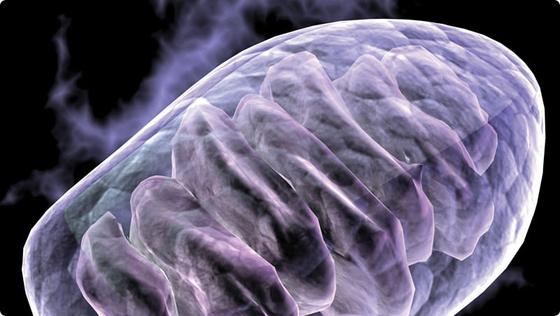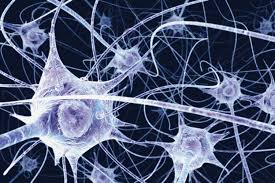From Alaska down to the Baja Peninsula, the rocky tide pools of North America’s West Coast are separated by hundreds of kilometers of sandy beaches. Inside those tide pools live Tigriopus californicus copepods, small shrimp-like animals that evolutionary biologist Ron Burton has been studying since he was an undergraduate at Stanford University in the 1970s. During those early days of DNA technology, Burton became curious how the genomes of the isolated copepod populations compared.
While still at Stanford, Burton sequenced the mitochondrial gene cytochrome c oxidase subunit one, the standard marker people used at the time for species identification, and discovered that the copepod populations were strongly differentiated: on average, there was a 20 percent sequence divergence in this gene between populations. When he crossed Santa Cruz copepods with animals from San Diego, the hybrids did fine, but when he bred them to one another, their offspring did not do well, taking longer to develop, producing fewer offspring, and having lower survival. “That was the first indication that there was some sort of genetic incompatibility developing between these isolated populations,” says Burton, now a professor at the Scripps Institution of Oceanography in San Diego.
The first-generation hybrids have a full set of nuclear genes from each parent, but among their progeny, genetic recombination has mixed and matched the parental genomes. This potentially creates mismatches between the nuclear and mitochondrial genomes that affect fitness. When Burton mated the second-generation female hybrids with male copepods from the parental Santa Cruz or San Diego populations, he found that the direction of the backcross made a difference. Breeding the second generation of hybrids with members of the paternal population produced no improvement in fitness. But a backcross to the maternal population produced offspring that were just as fit as the original natural populations. This happened regardless of whether the maternal population was from the north or from the south. (See illustration on page 46.)
“If you go to the maternal line, you’re crossing to the population that matches the mitochondria, because mitochondria are maternally inherited,” Burton explained. “That was pretty strong evidence that there was something going on between the mitochondrial and nuclear genes.”
Mitochondria are ancient endosymbionts that over time lost many of their genes—some of which migrated to the nuclear genome—and increasingly came to rely on the nuclear genes to supply the basic raw materials necessary for mitochondrial function. In most bilaterian animals, the mitochondria’s pared-down genome contains only 37 genes, 13 of which code for proteins, with the rest encoding various RNAs—all of which play roles in mitochondrial function. “For many years it was thought that all of the variation that we see in mitochondrial genomes had to be neutral because these genes are so important that any mutations that would have affected these functions would have been screened out,” says Justin Havird, a biologist at the University of Texas at Austin.
In fact, that’s exactly why mitochondrial genes are so commonly used to assess the genetics of populations: quantifying neutral variation serves as a molecular clock that allows researchers to estimate how long it has been since the populations diverged. When it came to genome analyses seeking to identify the genetic basis of adaptive change, mitochondrial genes were often ignored.







